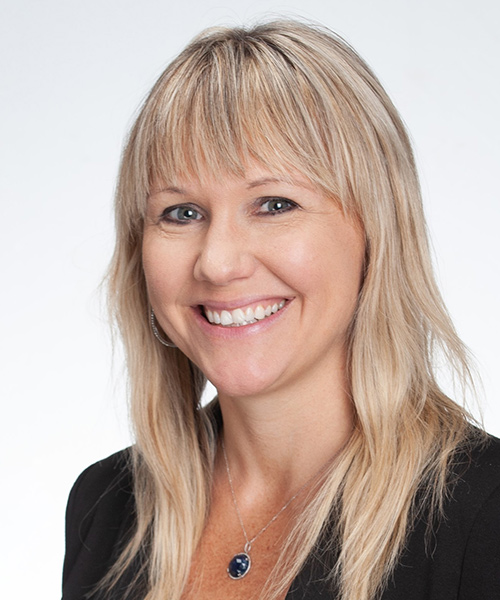Featured on Home Page
DHW recirculation system provides accurate balanced tempered water control for new hotel.
Read More
Smart plumbers embrace smart home plumbing technology
Connected products are no longer just for luxury.
April 15, 2022
Water filtration demand grows post-pandemic
Plumbers have an untapped opportunity in offering water treatment solutions.
April 13, 2022
Nicole Krawcke: The video call revolution
Plumbing contractor finds success during coronavirus pandemic by offering video service.
April 12, 2022
Danielle Putnam: Remote work in the skilled trades
Flexible schedules could be a huge asset in attracting and retaining workers, but only if you figure out how to make it work for your company.
April 11, 2022
Plumbing Talking Points
David Dexter: Digging deeper into thermal expansion
Frequent failures occur at joints or fittings.
April 7, 2022
Brad Williams: Recommended estate tax changes to make before 2022 ends
Five tips to be proactive with your estate tax.
April 7, 2022
Matt Michel: 16 simple steps to superior service
Take care of the simple things and the rest will follow.
April 6, 2022
Dave Yates: ID vs. OD and flare joints
Don’t over-tighten your flare joints.
April 5, 2022
Keep your content unclogged with our newsletters!
Stay in the know on the latest plumbing & piping industry trends.
JOIN TODAY!Copyright ©2024. All Rights Reserved BNP Media.
Design, CMS, Hosting & Web Development :: ePublishing

















